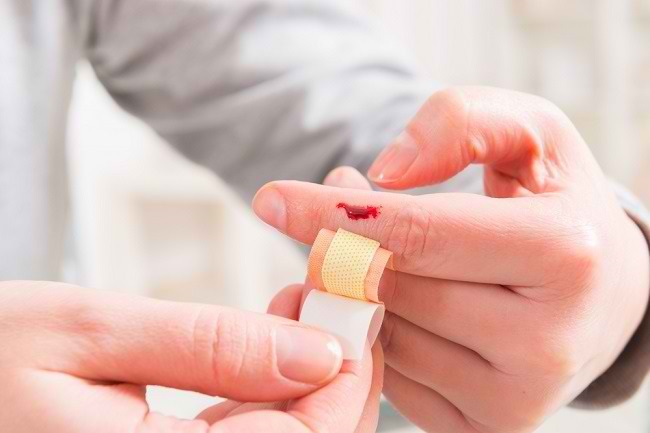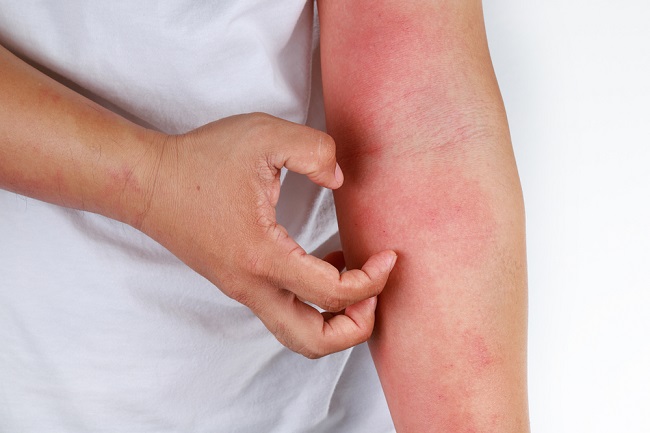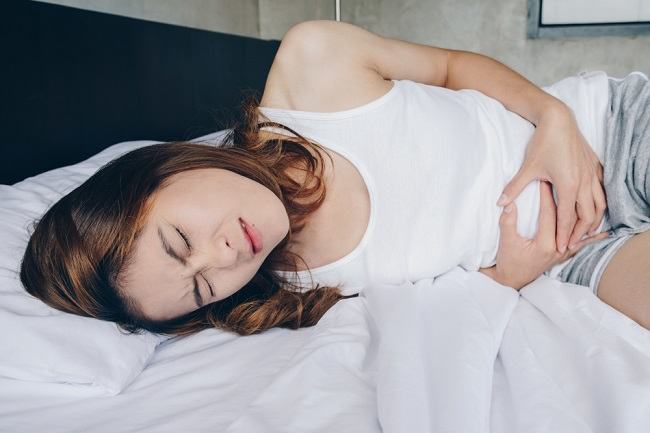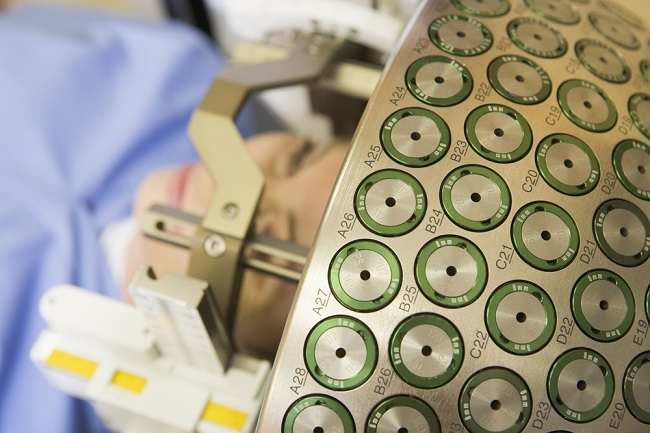Linagliptin is a drug to lower blood sugar levels in people with type 2 diabetes. This drug cannot cure type 2 diabetes. To increase the effectiveness of treatment, people with type 2 diabetes are advised to make lifestyle changes.
Linagliptin works by increasing the release of insulin so that blood sugar levels in people with type 2 diabetes can be controlled. Linagliptin should only be used under a doctor's prescription.

linagliptin trademark: Trajenta, Trajenta Duo
What is Linagliptin
| group | Antidiabetic |
| Category | Prescription drugs |
| Benefit | Treating type 2 diabetes |
| Consumed by | Mature |
| Linagliptin for pregnant and lactating women | Category B: Animal studies have not shown a risk to the fetus, but there are no controlled studies in pregnant women. Linagliptin is absorbed into breast milk. If you are breastfeeding, do not use this medicine without consulting your doctor first. |
| Drug form | Film-coated tablets |
Precautions Before Taking Linagliptin
Linagliptin should not be used carelessly. The following are things you need to pay attention to before using linagliptin:
- Do not take linagliptin if you are allergic to this drug.
- Do not consume alcoholic beverages while on treatment with linagliptin, as this can increase the risk of developing hypoglycemia.
- Tell your doctor if you have or have ever had pancreatitis, heart disease, kidney disease, gallstones, high cholesterol, or alcoholism.
- Tell your doctor if you are pregnant, breastfeeding, or planning a pregnancy.
- Tell your doctor if you are taking any medications, supplements, or herbal products.
- See your doctor right away if you have an allergic reaction or overdose after taking linagliptin.
Dosage and Instructions for Use of Linagliptin
The general dose of linagliptin that can be given by doctors to control blood sugar levels in people with type 2 diabetes is 5 mg 1 time a day. Linagliptin can be given along with other antidiabetic drugs, such as metformin.
During treatment with linagliptin, you will be asked to have regular check-ups to monitor blood sugar levels and see the effectiveness of therapy.
How to Take Linagliptin Correctly
Follow the doctor's advice and always read the instructions on the medicine package when taking linagliptin. Linagliptin can be taken before or after meals.
Swallow linagliptin tablets whole with the help of water. It is recommended to take linagliptin at the same time each day.
If you forget to take linagliptin, take this medicine as soon as possible if the break with the next scheduled consumption is not too close. If it is close, ignore it and do not double the dose.
Linagliptin cannot cure type 2 diabetes. The use of linagliptin must be followed by diet and exercise adjustments according to the patient's needs, in order to maximize treatment results.
Store linagliptin at room temperature, in a dry place, and away from direct sunlight. Keep out of reach of children.
Linagliptin Interactions with Other Drugs
The use of linagliptin with certain drugs can cause several interactions, including:
- Increases risk of acute pancreatitis when used with bexarotene
- Affects blood sugar levels when used with gatifloxacine
- Increases risk of hypoglycemia when used with insulin or sulfonylureas
- Lowers blood levels of linagliptin when used with rifampicin
- Increases blood levels of linagliptin when used with ritonavir
Linagliptin Side Effects and Dangers
There are several side effects that can occur after taking linagliptin, including:
- Muscle ache
- Sore throat
- Diarrhea
- Runny and stuffy nose
Do an examination to the doctor if the above complaints do not improve. Call your doctor right away if you experience an allergic drug reaction or hypoglycemia, after taking linagliptin. Some of the symptoms of hypoglycemia are:
- A cold sweat
- Blurred vision
- Shaky
- Confused or irritable
- Dizzy
- Fast heart rate
- Hungry
In addition, you are also advised to go to the doctor immediately if complaints arise that indicate the occurrence of acute pancreatitis, such as severe abdominal pain, nausea, and persistent vomiting.









